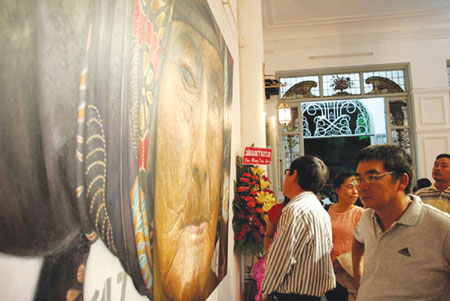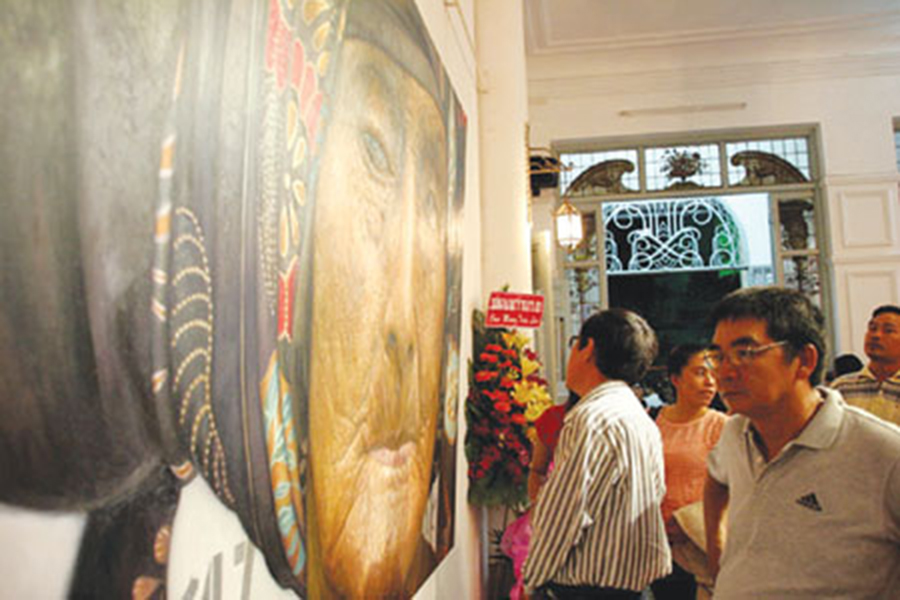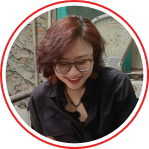 Tough gig: Works by Indonesian artists are on display at the HCM City Museum of Fine Arts. — VNS Photo Van Dat
Tough gig: Works by Indonesian artists are on display at the HCM City Museum of Fine Arts. — VNS Photo Van Dat
HCM CITY (VNS)— With globalisation, outside influence on a country’s art is inevitable, Vietnamese and Indonesian artists agreed at an exchange in HCM City on Thursday.
After the war, especially since the 1990s, art in Viet Nam, including painting, has somewhat changed because of adapting new idioms from the region and outside, Huynh Van Muoi, chairman of the HCM City Association of Fine Arts and an art lecturer, said.
Young artists should be educated to have pride in their nation and culture, but also need to imbibe good aspects of foreign cultures, he said.
He was sanguine about the state of Vietnamese art: “Local artists are selective about outside influence.
“[So] Vietnamese culture has not totally disappeared from paintings but is sometimes mixed [with other influences].”
Nevertheless, balancing the two things is not easy, especially for young artists who could be impressionable, he said.
But he was also wary of the opposite happening, saying an artist who is very conservative is no good either.
Young artists would be at a disadvantage if they do not learn the culture and techniques of their foreign counterparts, which they should apply in their own works, he said.
Phan Phuc An, a prominent exponent of realism, told Viet Nam News that he is mindful of his culture, so his oil and canvas works feature landscapes and things closely connected with the country’s culture and people.
But some of the Indonesians at the meeting said: “Vietnamese paintings show a major French influence.”
Indonesian art, on the other hand, remains traditional, they said.
Modernity has not had a major impact on Indonesian artists, who have not been influenced by western trends either unlike Viet Nam, they said.
However, Jim Supangkat, a well-known curator, only partially agreed with this, saying this depends on the location: in big cities in Indonesia, art is modern while in rural areas, it is still heavily influenced by traditional values.
“Since 2000 contemporary art has became the popular media of choice among collectors due to the development of the global art market and since installation, mixed media, and video artworks began to compete with paintings,” he added.
Masagoeng, a painter who goes by one name and whose works are being exhibited in HCM City along with 20 of his compatriots’, said many people in the country, especially young artists, are open to outside influences.
“It is hard to stick to tradition while creating; we cannot avoid the impact of globalisation.
“In the works of some Indonesian artists, the modern and tradition go together.” —VNS






